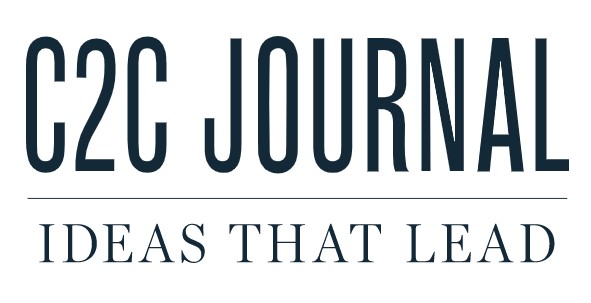Politically, the new year looks splendidly smooth for Mayor Gérald Tremblay’s Union Montréal administration.
The hottest controversy in Tremblay’s six years of power was his attempt to change the name of Park Ave. a year ago. The ease with which the Union Montréal candidate trotted to victory in last month’s by-election in Outremont – located a block from that artery – suggests that it if the furor isn’t already completely forgotten, it will by the time of the city’s 2009 election.
The same by-election also showed that it will take much more than the publicized membership of Ville Marie Mayor Benoît Labonté to raise the stature of the main opposition party, Vision Montréal.
Vision’s candidate for borough mayor eked out 15 per cent of the vote. If, as expected, Labonté becomes Vision’s leader, Tremblay might not lose much sleep. Labonté has yet to show through his ideas that he’s more than Tremblay lite.
Yes, I know, it’s usually imprudent to read too much into a single by-election. But let me draw one last conclusion from the Outremont contest.
In it, Projet Montréal – whose ideas on public transit and democracy do offer a real alternative to the Union Montreal – snagged Jean-Claude Marsan as its candidate, the biggest star in its short history. The brainy candidate and brainy borough were theoretically made for each other. Still, Marsan could get only 37 per cent of the vote, well short of the Union candidate’s 47 per cent.
Upshot: A surprising Unimarketing-La Presse poll in late October suggested that if an election had been held at that time, 47 per cent of Montrealers would have voted for Tremblay as mayor – seven times the share for either Labonté or Projet Montréal’s Richard Bergeron. That, then, was no rogue poll. The Outremont results show that Tremblay is more secure in mid-mandate than any mayor since Jean Drapeau some 30 years ago.
What makes this serene status all the more remarkable is that, unlike Drapeau, Tremblay can boast of precious few major accomplishments.
His standing is due more to public ennui with megacity politics, a well-heeled political machine, his omnipresence at public events and a generally inattentive, docile media.
The glaring lack of effective opposition means there’s minuscule political pressure on Tremblay to knuckle down. Too bad. Here are some of the problems he needs to confront in 2008.
Services continue to erode – as yesterday’s spotty snow clearance shows. Without necessarily clawing back the decentralized power he gave boroughs to manage their workers, the mayor needs to see that boroughs apply city-wide standards. All boroughs should, for example, make a priority of clearing near hospitals and at bus stops.
Per-capita municipal debt was greater in Montreal than in any other of Canada’s eight largest cities, even before the city’s 2008 budget. That budget increased this debt by a whopping seven per cent. If the city can’t curb this debt, now at $4.4 billion, who will want to live here?
The transport plan unveiled last spring respects Kyoto but, so far, it exists mostly on paper. Tremblay needs to apply it without plunging taxpayers further into the red-ink abyss. Same goes for the Quartier des spectacles.
Sloppy accounting contributes to unhealthy finances. The same Winnipeg think tank that measured the city’s debt, the Frontier Centre for Public Policy, says that Montreal’s financial records are the most deficient of the 30 large and mid-size Canadian cities whose documents it studied. Transparent government mean betters government.
Union contracts could be even more of a headache than usual in 2008. Tremblay will need a strong spine to stand firm on the sub-inflation-rate wage hikes he’s offering.
The downtown district’s look reflects on the whole city. It’s too big a job for a simple borough. City hall needs to take over.
“Democracy” at the agglomeration council mocks the real thing. Tremblay should cease mulishly resisting the modest reforms in Quebec’s Bill 22.
Tremblay might have blue skies ahead politically. But for the city itself, the long-term forecast is more glum. This year will show whether Tremblay can go from being a suave salesman of hope to being a dynamic doer.


